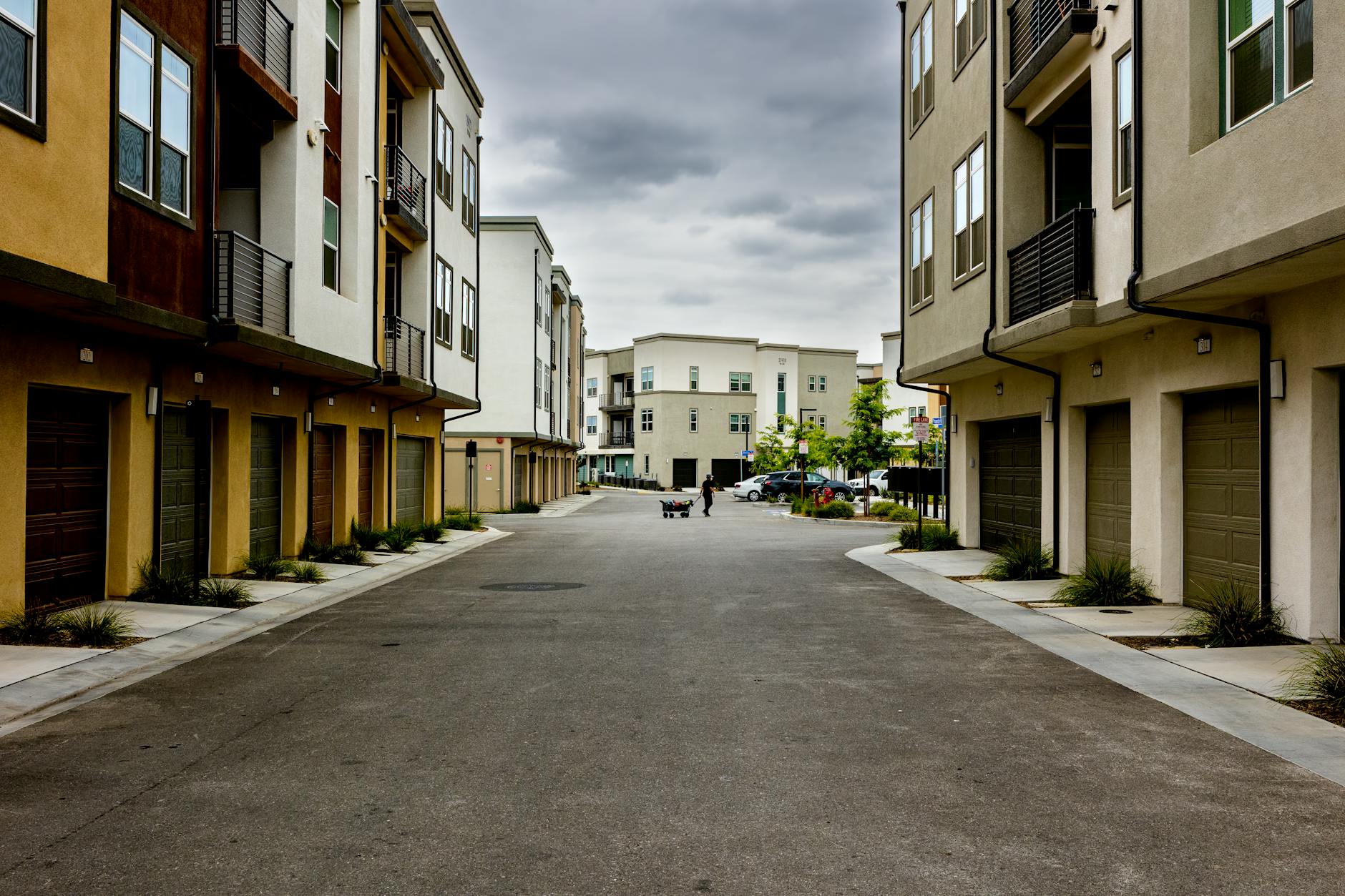Exploring Affordable Housing Development Opportunities in Your Region
Exploring affordable housing development opportunities in your region is a crucial topic that addresses one of the most pressing challenges faced by growing communities worldwide. As urban populations expand and housing prices soar, finding viable solutions to provide safe, affordable homes becomes imperative for local governments, developers, and community advocates. This article explores the multifaceted opportunities available for developing affordable housing in your region, ranging from policy incentives and financing mechanisms to innovative construction techniques and community partnerships. By understanding these elements, stakeholders can better position themselves to make informed decisions that support sustainable growth while maintaining accessibility and inclusivity in housing markets.
Understanding local housing needs and market dynamics
Identifying the demand for affordable housing is the foundational step in development planning. This requires analyzing demographic trends, income levels, and housing affordability indexes within your region. Many regions publish housing needs assessments or market studies that highlight gaps between supply and demand, pinpointing specific population segments such as low-income families, seniors, or essential workers who require affordable options. Additionally, understanding local zoning laws and land availability helps reveal potential sites for development or redevelopment, facilitating the alignment of housing projects with community needs and urban planning goals.
Leveraging policy incentives and funding sources
Affordable housing projects often rely on a mix of public and private funding to be financially viable. Local governments commonly offer various incentives such as tax credits, density bonuses, expedited permitting, and grants to encourage developers to integrate affordable units into their projects. Familiarity with federal programs like the Low-Income Housing Tax Credit (LIHTC), HUD subsidies, or state-administered funds can unlock valuable financing. Public-private partnerships also play a pivotal role in pooling resources, reducing risks, and accelerating project delivery. Understanding how to navigate this funding landscape is essential for developers looking to capitalize on affordable housing opportunities.
Innovations in construction and design
Technology and innovative building methods are transforming affordable housing development by cutting costs and improving quality. Prefabrication, modular construction, and use of sustainable materials reduce labor and material expenses while accelerating timelines. Architects and planners increasingly focus on flexible designs optimized for space efficiency and community integration. Utilizing energy-efficient systems not only lowers utility costs for residents but can also qualify projects for additional green financing. These innovations ensure that affordable housing is not only economical to build but also provides long-term value to occupants and the environment.
Building community partnerships and addressing social impact
Successful affordable housing development extends beyond bricks and mortar—it requires strong community engagement and support services that uplift residents. Developers benefit from working with local nonprofits, social service agencies, and resident organizations to design inclusive projects that address broader social determinants such as transportation, education, and health care access. Incorporating resident feedback early on and throughout the development process fosters trust and ensures that housing solutions meet real-world needs. Furthermore, integrating community amenities and job-training programs can enhance neighborhood stability, economic opportunity, and overall quality of life.
Conclusion
Exploring affordable housing development opportunities in your region reveals a complex interplay of understanding local market conditions, leveraging policy and financial incentives, embracing innovative construction, and fostering collaborative community partnerships. Each step is interconnected, shaping the prospects for creating sustainable, affordable living environments that respond to diverse population needs. By combining thorough market analysis with proactive engagement in funding programs and innovative building practices, stakeholders can transform housing challenges into tangible opportunities. Ultimately, affordable housing development is not only about providing shelter but also about enhancing community resilience and economic inclusion for current and future residents.
Image by: David Brown
https://www.pexels.com/@ninobur
editor's pick
latest video
news via inbox
Nulla turp dis cursus. Integer liberos euismod pretium faucibua

